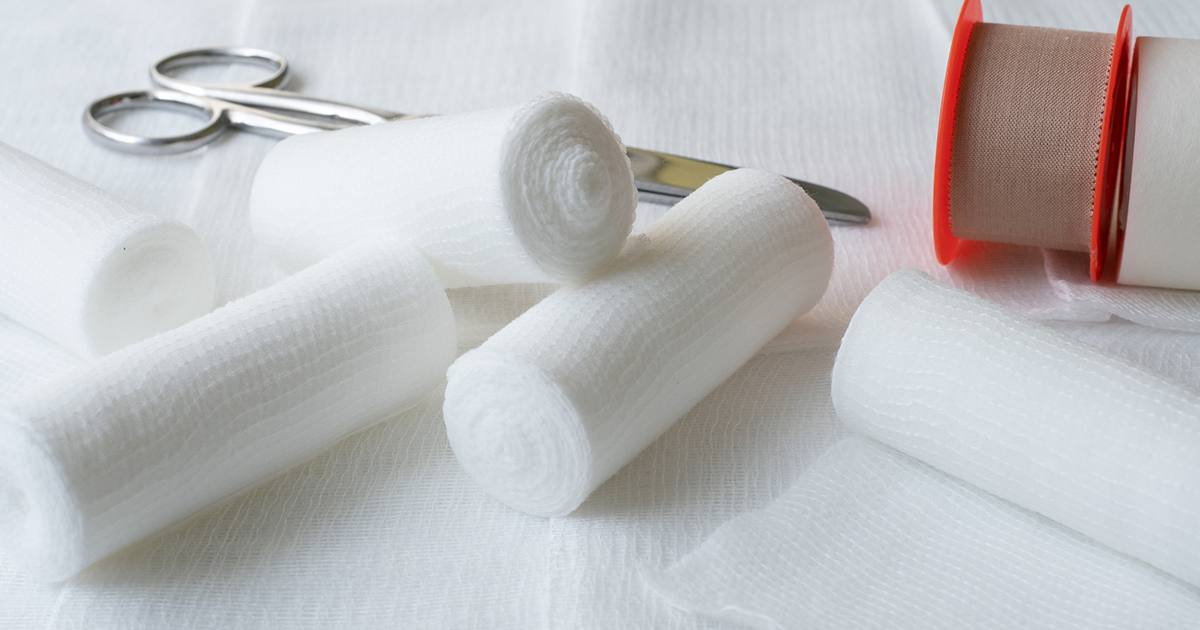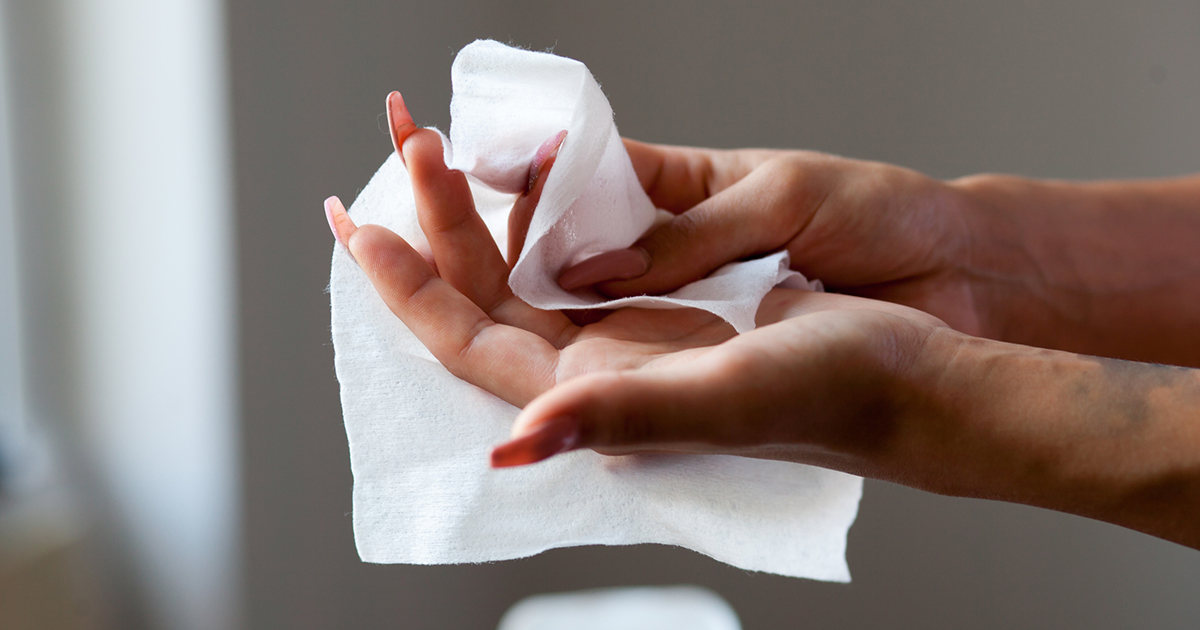Essential Items for A Home First Aid Kit
Home improvement project went awry? Child's daredevil stunt ended badly? Trip over a cat? It doesn't matter how they occurred. Injuries can happen at ay time, especially when you least expect them. Going to the hospital isn't always the best or most expedient option, and you still need to be able to treat them until you can get proper medical help. Although it is possible to buy first aid kits, it's better to make one yourself and keep it stocked as needed. We're here to tell you about a few simple items every home first aid kit should have.
Bandages In Varied Sizes

You can use bandages in varied sizes to staunch bleeding, provide support for a splint, or hold an ice pack for a bruise. Bandages can also make a makeshift tourniquet, but this is an option of last resort for heavily bleeding or severed limbs. Keep at least four different sizes of medical bandages in your first aid kit. Smaller rolls, like the 1-inch or 2-inch wide rolls, work best on smaller wounds or injuries to wrists or ankles. Larger 3-inch or 4-inch rolls work for wounds or injury to the torso, upper arms, forearms, thighs, and calves. Medical bandages come both with and without adhesive. When you apply a bandage, it needs to be snug, but not so tight that it cuts off circulation. Wipe the wound clean and remove any debris before wrapping the bandage. Change the bandage every hour.
Antiseptic Wipes

Antiseptic wipes are for disinfecting skin before putting on a dressing, bandage, or otherwise treating an injury. The good thing about these wipes is they are single-use and do not make a mess, so anyone can just pull one out of the box and use it. When picking out wipes, choose a box whose profile is flat enough to fit into the container of your first aid kit comfortably. Keep the flap of the box open so it doesn't get in the way. The primary ingredient of these wipes is alcohol, so avoid using them if you are near sparks or an open flame. Instead, get yourself or the victim to safety first.
